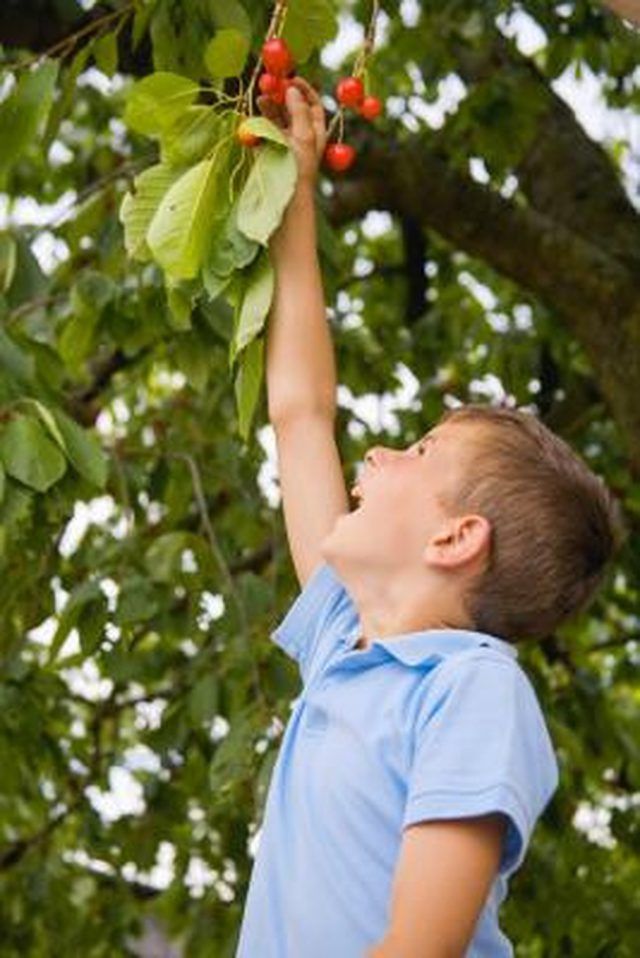Bulbs
Flower Basics
Flower Beds & Specialty Gardens
Flower Garden
Garden Furniture
Garden Gnomes
Garden Seeds
Garden Sheds
Garden Statues
Garden Tools & Supplies
Gardening Basics
Green & Organic
Groundcovers & Vines
Growing Annuals
Growing Basil
Growing Beans
Growing Berries
Growing Blueberries
Growing Cactus
Growing Corn
Growing Cotton
Growing Edibles
Growing Flowers
Growing Garlic
Growing Grapes
Growing Grass
Growing Herbs
Growing Jasmine
Growing Mint
Growing Mushrooms
Orchids
Growing Peanuts
Growing Perennials
Growing Plants
Growing Rosemary
Growing Roses
Growing Strawberries
Growing Sunflowers
Growing Thyme
Growing Tomatoes
Growing Tulips
Growing Vegetables
Herb Basics
Herb Garden
Indoor Growing
Landscaping Basics
Landscaping Patios
Landscaping Plants
Landscaping Shrubs
Landscaping Trees
Landscaping Walks & Pathways
Lawn Basics
Lawn Maintenance
Lawn Mowers
Lawn Ornaments
Lawn Planting
Lawn Tools
Outdoor Growing
Overall Landscape Planning
Pests, Weeds & Problems
Plant Basics
Rock Garden
Rose Garden
Shrubs
Soil
Specialty Gardens
Trees
Vegetable Garden
Yard Maintenance
Fungus on a Cherry Tree
Fungus on a Cherry Tree. Gardeners and nurseries often grow cherry trees as ornamental trees and for their fruit. Fungal diseases can affect the health of the tree, as well as the fruit it bears.

Gardeners and nurseries often grow cherry trees as ornamental trees and for their fruit. Fungal diseases can affect the health of the tree, as well as the fruit it bears.
Types
According to North Dakota State University, black knot is a fungal disease occurring in chokecherry and sour cherry trees and is caused by the fungus Dibotryon morbosum, which causes knots to develop on tree stems. Another fungal disease of cherry trees is plum pockets, which endanger fruit development. Plum pockets commonly occur on chokecherry, wild black cherry and Nanking cherry trees.
Symptoms
Symptoms of black knot disease includes knots on branches or tree trunks that eventually girdle the entire tree. Knots often grow for several years before girdling the tree trunk or branches. Plum pockets cause fruit on trees to become hollow and enlarged. Shoots are distorted and leaves curl. A witches broom is common among cherry trees with this disease, especially on sour cherry trees.
Control
Control of fungal diseases such as black knot includes pruning and fungicides to kill the causative fungus. Lime sulfur is an effective treatment for plum pockets in cherry trees, but you must apply it in the springtime. Consult your local extension office for advice on treatments.